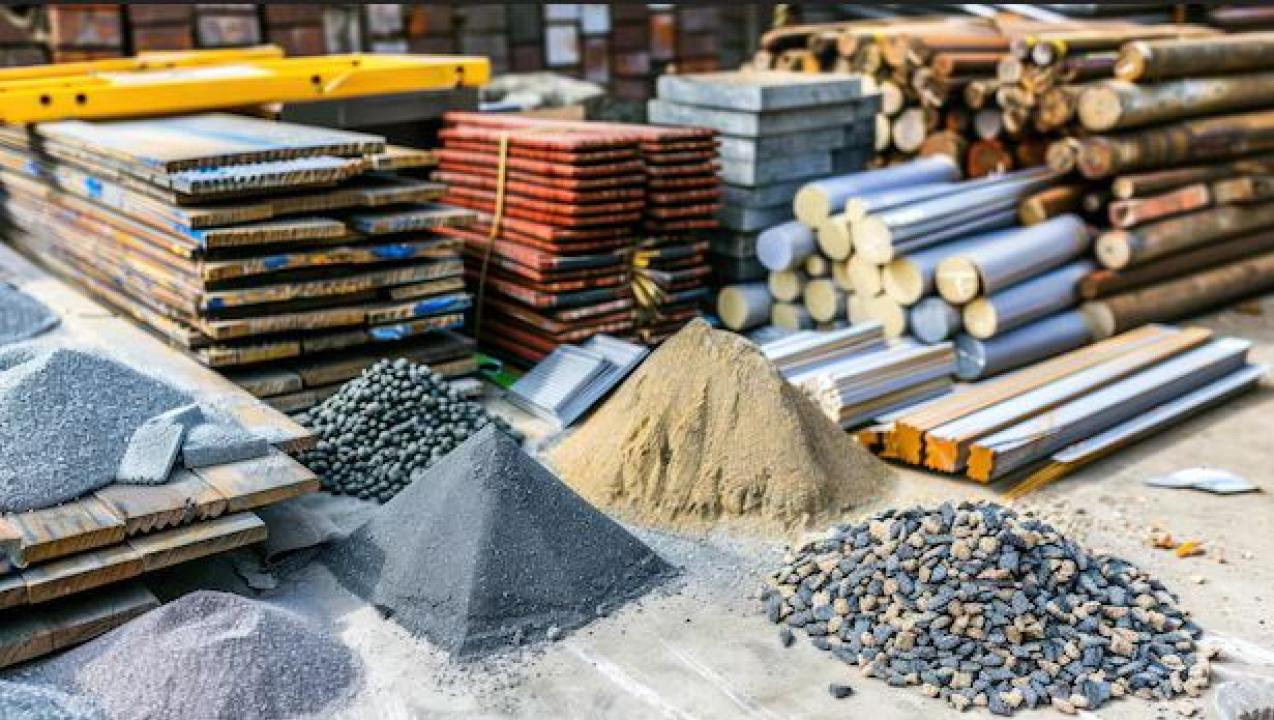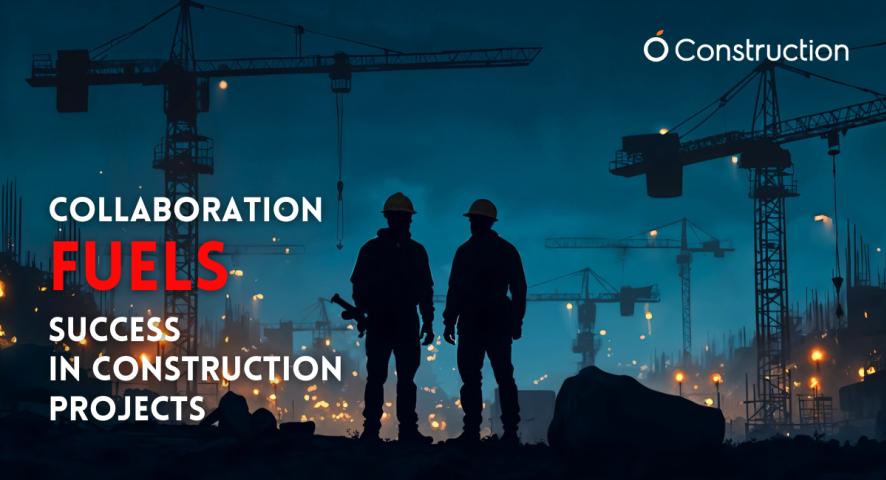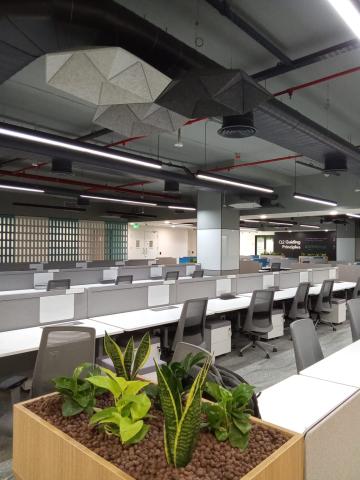Introduction:
When it comes to construction projects, the choice of materials forms the backbone of the control process. It is with respect to home, commercial space, or pieces of human-made infrastructure; hence the success of either kind, the right material will determine the success of application.
Your choice will have an impact on durability, sustainability, aesthetics, and cost. If wrongfully selected, it may lead to delays, increased costs, or structural failure.
Following will discuss the factors you should keep in mind while selecting materials for your construction project, the most widely used of them, and the way to strike a balance between aesthetics and functionality.
Also Read : Eco Friendly Building Materials
Understand the Purpose and Scope of the Project:
Before indulging in selection of the materials, have a good thought over what this construction project wants and the scope of work. Discuss the material requirements for the project. Each of them is unique by:
Functionality:
Will you be building a residential space, a commercial erect, or an industry? Each will have unique demands to meet. Residential building may be required in materials to balance aesthetics and comfort, with industrial works positioned toward durability and strength.
Location:
To some degree, environmental and climatic conditions dictate the materials to be used in construction. Offshore use may call for consideration with saltwater corrosion while materials used in cold are needed to withstand freezing temperatures.
Taking stock of the specific requirements of the project will enable you to eliminate some material choices early on in the process.
Also Read : Types Of Repair Materials
Consider Durability and Longevity:
The lifetime span of your structure is a deciding factor on its success. The assorted materials used in building would necessarily cut down on repairs that need to be made over the years for the structure to live. As it relates to materials, think carefully:
- a) Is the material strong enough to last for a long time?
- b) Is wear and corrosion getting the better part of it?
- c) Would you be needing to perform constant maintenance?
On one hand, concrete and steel are durable. Given that they are prepared for large-scale construction projects, on the other hand, in the case of residences, brick and stone may provide a long-lasting approach with little maintenance.
Durable materials may be even more critical for interiors, such as kitchens and bathrooms. They should be careful to choose proper materials for those places that would see excessive use, particularly, the ones subjected to constant moisture, such as bathrooms, which are often subjected to water damage, mold, and mildew. Choosing shades and colors like ceramic tile, quartz, and stainless steel offers a combination of maximum durability and timeless appearance.
Budget Constraints:
A budget works most construction projects, and the materials you pick will greatly influence whether you stay within it. Higher-quality materials generally cost more but also tend to pay off well in the long run through greater durability and lower maintenance cost. Alternatively, you may skip using the priciest product.
Consider cost versus value:
Often, cheaper materials can be just as effective if deployed accordingly. Good examples include engineered woods or fiber cement siding, which provide similar aesthetics to natural wood or brick, yet at a significant discount.
Consider lifecycle costs:
While materials such as high-quality insulation, energy-efficient windows, or durable roofing may pay more on the upfront side, they often result in money savings over time through decreased energy bills or repair and maintenance costs.
Aesthetic Appeal:
For many homeowners and developers, aesthetics are as important as function. The right materials can define the character and flavour of a space, making it warm and special. Modern construction products allow for a wonderful array of textures, colors, and finishes, making them truly accommodating of any design vision.
Exterior design:
Brick, stone, wood, and metal each lend themselves to different architectural >
Interior design:
When designing an interior space, choose materials that pursue a balance between form and function. Whether wood, tile, or glass, the correct choice of materials will enhance both the look and utility of a space.
A given material, such as ceramic or porcelain tile, serves its purpose in a bathroom due to its durability and resistance to moisture but also because it is available in myriad colors and patterns. This characteristic affords creative expression and results in a visually appealing, revitalising space.
Sustainability and Environmental Impact:
Harmonising material choices borrow in consideration that the use of different materials in a single space must be strategically considered. If different materials come together seamlessly, the result can be stunning; consider, for example, the juxtaposition of natural stone with glass in a luxury bathroom to achieve a balance between beauty and luxury.
Today's builders take sustainability into account as part of the project's overall design. This concern for the planet comes at a time when climate change and natural resource depletion are reaching critical levels; as a result, many builders and homeowners are increasingly choosing materials that reflect a less harmful approach.
Renewable resources:
Bamboo, cork, and reclaimed wood are particularly sustainable materials because they are sourced from renewable environments. These materials are environmentally responsible and provide a natural, earthy appearance within any given space.
Recycled materials:
Industrial sectors are finding suitable alternatives for certain construction materials. Building materials ranging from structural components to insulation are now being recycled. Many innovative projects are employing options such as recycled steel, glass, and even rubber, bringing new life to a previously discarded product.
Energy efficient materials:
Energy efficient products and materials, such as insulated concrete forms, low-emissivity windows, and solar panels address common building issues pertaining to energy use. A home that uses a minimum of 30 percent less energy than conventional homes can save money and reduce the carbon footprint. Savings begin to accrue after long term use as a substantial amount is saved over time.
Tax-exempt materials:
For a tax credit, some states or regions incentivize the use of sustainable materials. The Leadership in Energy and Environmental Design, or LEED, is a third-party certification for environmentally friendly buildings.
Structural Requirements and Load-Bearing Capabilities:
Different projects have specific structural requirements based on the type of building and the forces it must withstand. High load-bearing capacity materials like steel, concrete, and engineered wood are a must for large buildings.
Steel:
It is best for high-rise buildings and industrial buildings due to its great strength and ability to carry extremely large loads.
Wood:
It is used in smaller buildings and homes because it is ductile, renewable, and provides good insulation properties.
Concrete:
Again because of its strength and moldability, this is a versatile material that is used for many types of construction.
Understanding the structural requirements of your project will help you identify materials that can carry certain loads and sustain certain stresses.
Climate and Environmental Considerations:
The climate of your construction site will directly influence material selection. Different materials react differently to varying environmental conditions. For example:
Hot climates:
In regions of high temperatures, materials like concrete and brick are great for retaining a lower temperature indoors as the concrete has a high thermal mass. Light roofing materials reflect sunlight, thus reducing cooling costs.
Cold climates:
Insulating features become salient in these environments, and therefore materials like double-glazed windows, insulated concrete, and wool-based insulation help retain heat and keep energy costs low.
Moist environments:
Waterproof and mould-resistant materials, including treated wood, certain types of concrete, and certain metals, such as aluminium, are ideal for humid or coastal regions. Humid areas, especially bathrooms, are a priority for porcelain or glass tile materials as they withstand water damage.
Building Codes and Regulations:
Each region has its own building codes and regulations dictating allowable materials. These codes often exist as a means to ensure the safety, strength, and environmental sustainability of the building and the material used. The strengths of these kinds of regulations in your decision-making process are largely contingent upon them meshing with the other factors, but they can include:
- Fire resistance
- Seismic activity standards
- Energy efficiency requirements
- Wind resistance in hurricane-prone areas
Flouting any of these codes can result in legal problems involving sometimes costly penalties, the redoing of items that may not meet the standard, or both.
Ease of Maintenance:
Consider maintenance and care of materials over the course of the building's lifetime. For instance, untreated wood or natural stone may require regular sealing. Low-maintenance materials like composite decking or vinyl siding necessitate little more than the occasional washing.
Meanwhile, selecting materials for rooms like bathrooms and kitchens should take into account their durability and ability to resist water, stains, and mildew, all of which reduce long-term care. Tiles, stainless steel, and engineered stone are particularly low-maintenance options.
Conclusion:
Choosing the right materials for a construction project is always a balancing act, ensuring that your selections produce durability, a building that is also easy on the eyes, and also good for the environment.
With all aspects of the process—climate, cost, functional utility, local regulations, and aesthetics, among others—taken into account, these decisions, reached after much contemplation and investigation, will not only satisfy your sense of what is good, but they will also guarantee that your house or commercial building or sports complex, etc. will be safe and pleasant for many years to come.
All in all, thoughtful selection of building materials is the bedrock of a successful construction project.








